The Power of People
When Citizen Science Helps to Unveil the Stories of the Shannon Dolphins
‘’Citizen science is research carried by members of the public who volunteer to collect important scientific data.’’
Public sightings of bottlenose dolphins have become a game-changer in the realm of marine mammal research. By encouraging the public to report sightings of these dolphins, we have managed to extend our monitoring capabilities far beyond what was previously imaginable, turning ordinary people into invaluable contributors to our Shannon Dolphin Project.
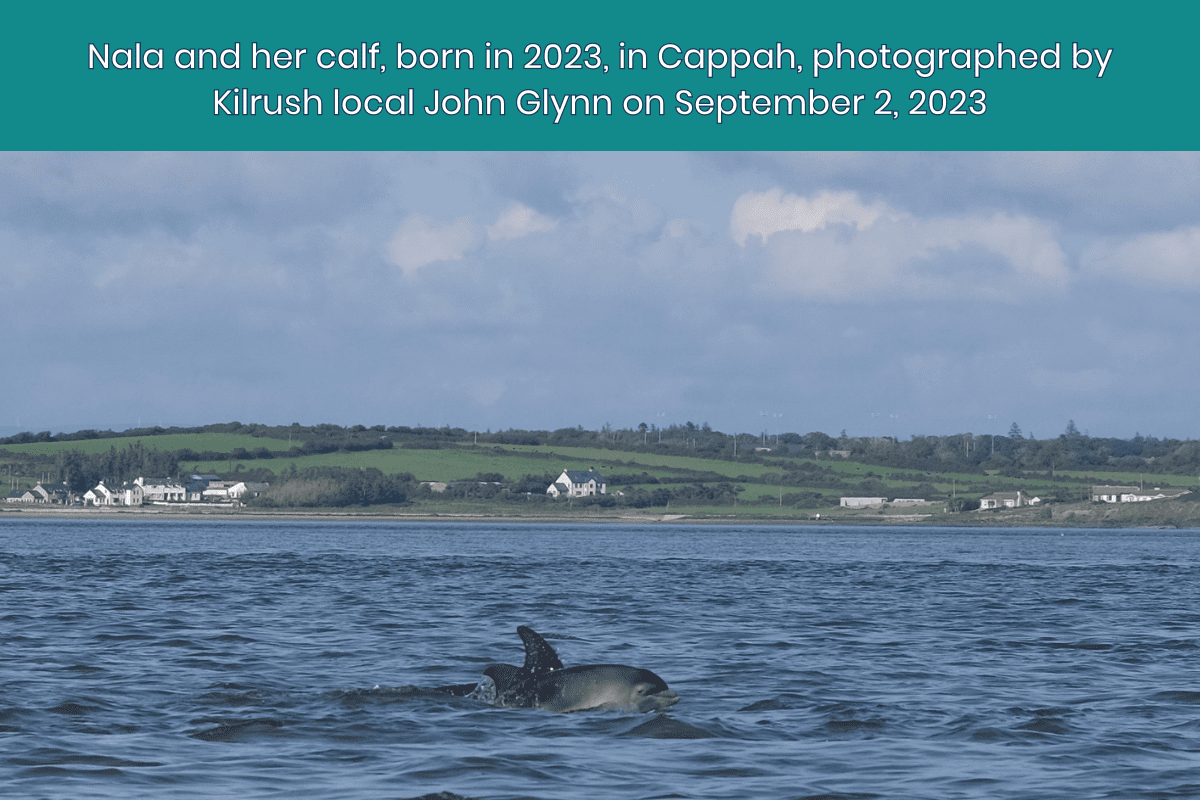
Shannon Dolphins Home Range
As researches, we strive to cover the Shannon estuary and some parts of the Irish west coast to monitor and study the Shannon dolphins. However, our research efforts are limited and we can’t cover the vastness of their habitat range.
Citizen science and public reports can help providing a broader geographical reach and enabling scientists to gather information from diverse locations, piecing together a comprehensive understanding of our resident bottlenose dolphin population, turning ordinary people into invaluable contributors to the Shannon Dolphin Project (SDP).
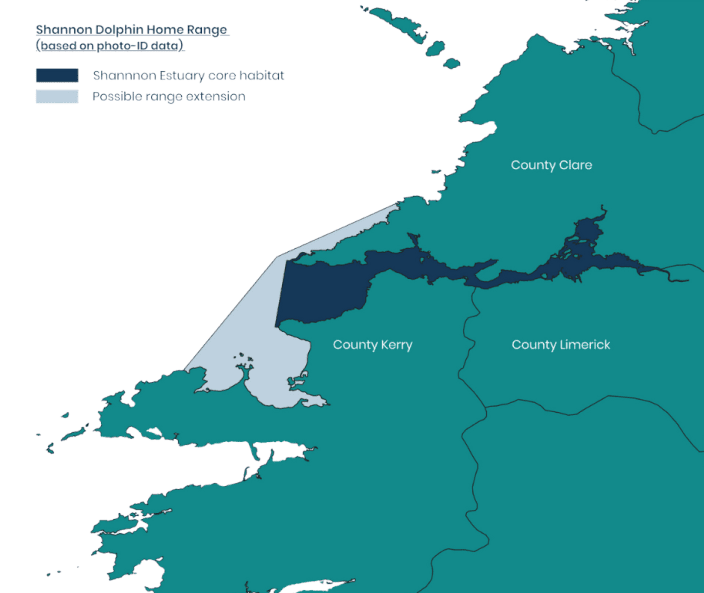
Without the reports and images from the public, we would not have known that Sandy Salmon live-stranded in 2012 while being pregnant with Muddy, and that she had a calf in 2021 over the winter. Sandy’s life story and family line would be incomplete without the collaboration of IWDG members and local people. Neither would we know that Belle and Astral moved to Galway, and that Kevin Costner ventured outside of the estuary to wonder around Ireland, England, and Scotland.
Keep scrolling to read their individual stories
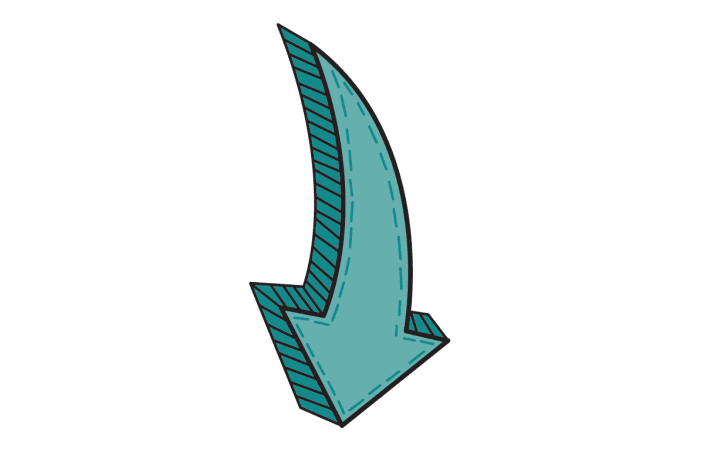
When Public Reports Saved Sandy Salmon’s Life
On the 1st of June 2012, the Irish Whale and Dolphin Group received a report from Breda Brosnan about a live-stranded bottlenose dolphin at Hannon Strand, Co. Kerry. The dolphin did not have any sign of major injury and seemed to be in good physical condition, but it was starting to overheat, and her breathing rate was decreasing.
Rather than awaiting the arrival of whale pontoons from the opposite side of the estuary, responders Dr. Joanne O’Brien (IWDG/ATU) and Barry O’Donoghue (NPWS), with the help of locals Conor and Finbar Breen, Mark O’Brien, and Mike-Joe Hennessy, used a tractor with a large transport box to successfully return her into the water. The dolphin was observed swimming for 10 minutes until disappearing.
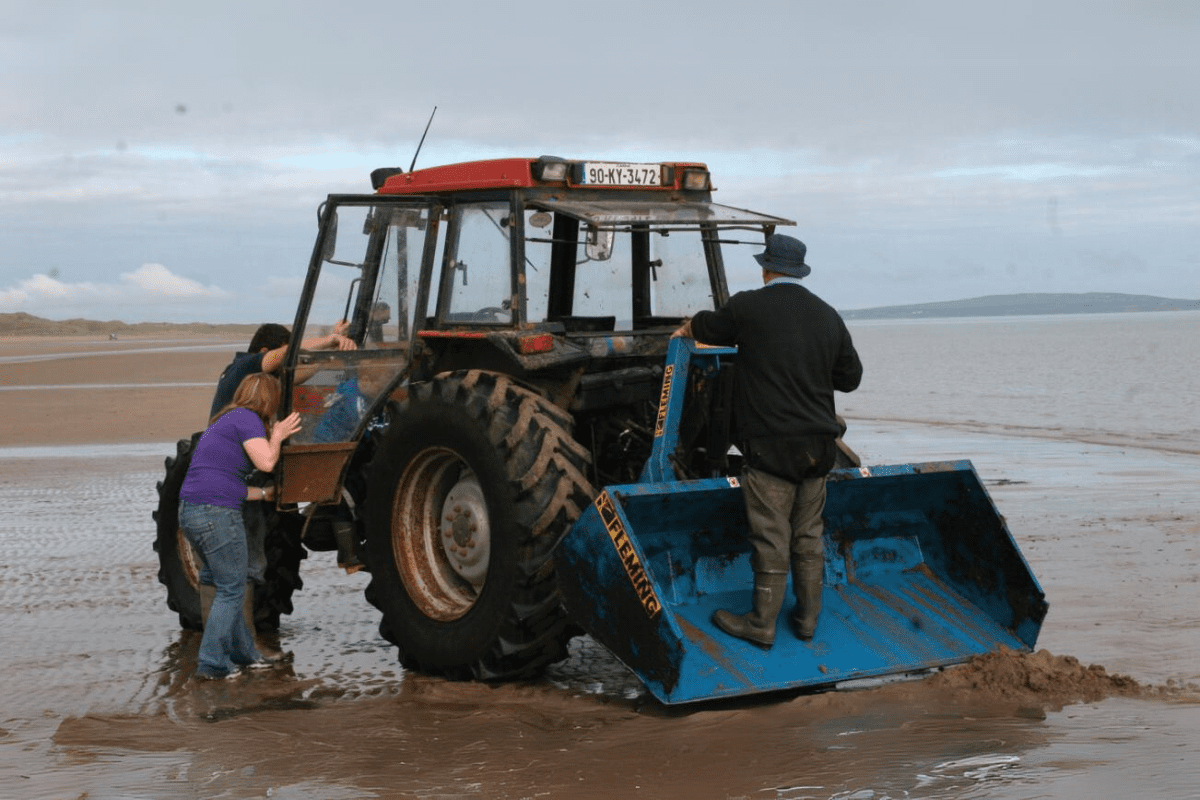
The Breen’s farm tractor with an open transport box measuring 3 m × 1.3 m × 1 m used to transport Sandy back into the sea
Later, in September, she shocked researchers onboard Dolphinwatch Carrigaholt boat, when she was seen swimming with a newborn calf. It turns out that the dolphin was heavily pregnant when she live stranded. Two lives were saved that day. She was photographed more times during that summer from the Kilrush based Dolphin Discovery tour boats and she seemed healthy and well. This female dolphin was named Sandy Salmon due to the sandy beach and the regurgitation of a piece of salmon during the incident, and the calf was named Muddy Mackerel to match her mother’s name. Muddy is now 11 years old and is regularly seen with her mother Sandy and other Shannon dolphins with whom she has grown up in the estuary. The loss of one dolphin, especially an adult female, could have had a significant impact on the Shannon dolphin population, thus highlighting the importance of the prompt action and public reports.

Dr Barry O’Donoghue (NPWS) taking care of Sandy while they were waiting for help to refloat her. They used wet towels to help cool the animal and keep her skin moist. See the regurgitated piece of salmon in front of her beak
A huge thank you to Breda Brosnan, Conor and Finbar Breen who offer the tractor, Mike Jo Hennessey, Mark O’Brien and all the other helpful people on the beach who joined in on the rescue. Thanks also to IWDG members Neil Cheape and Dave Wall who were on their way with the pontoons from Kilrush but was spared a wasted trip thanks to the Breens. Many thanks to tour boat operators, Geoff and Sue Magee and Geraldine and Gerard Griffin, for their part in this success story.
Baby Winter and Citizen Science
On the 6th of February 2021, Barry Keane, a skipper on the Shannon Ferries, reported to us a very young calf in the inner Shannon estuary. SDP researcher and Strandings Officer, Stephanie Levesque, captured some images and it turned out the new baby was surfacing with our beloved dolphin Sandy. Later, on the 7th of March, Kilrush local, Jonh Glynn, kindly emailed us some images he had taken of a group of dolphins in Aylevarroo Bay. These images again showed the new calf surfacing with Sandy, so we could confirm she was the mother. It is rare that bottlenose dolphins give birth during winter, so SDP Officer, Mags Daly, named this calf Winter.
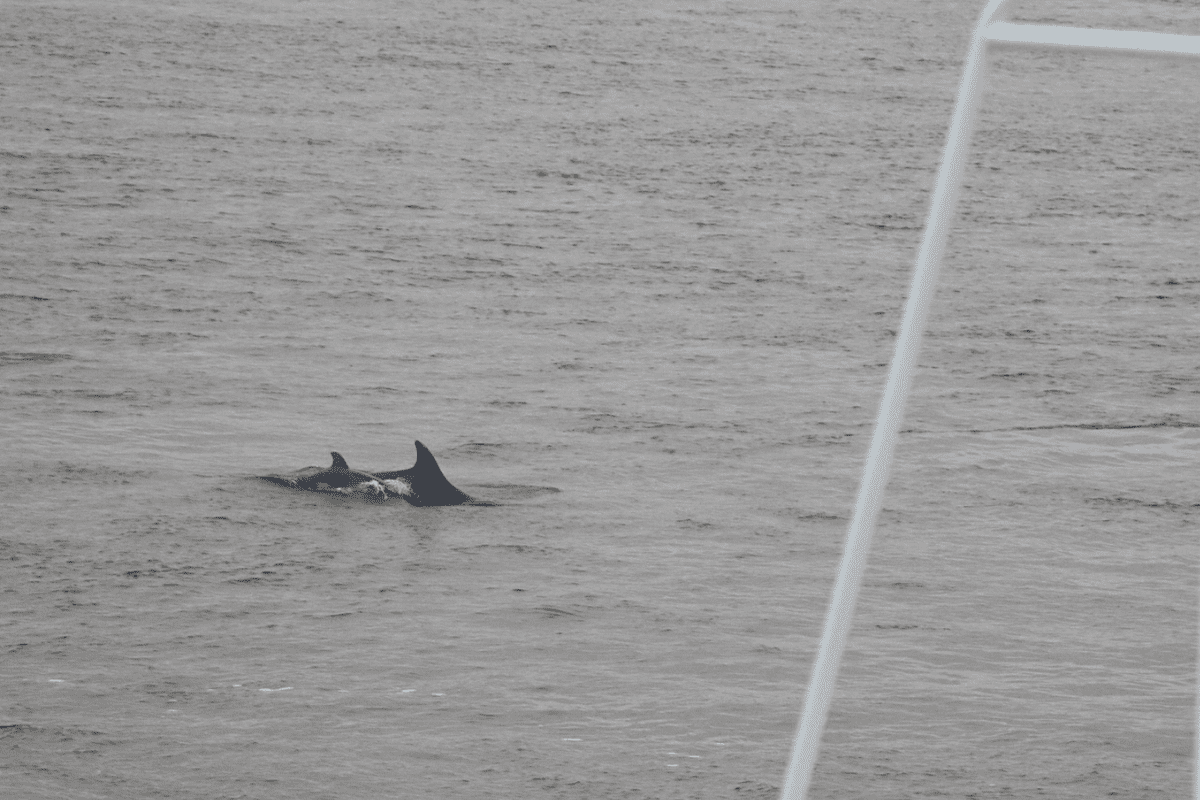
First image of baby Winter and Sandy Salmon from the Shannon Ferries
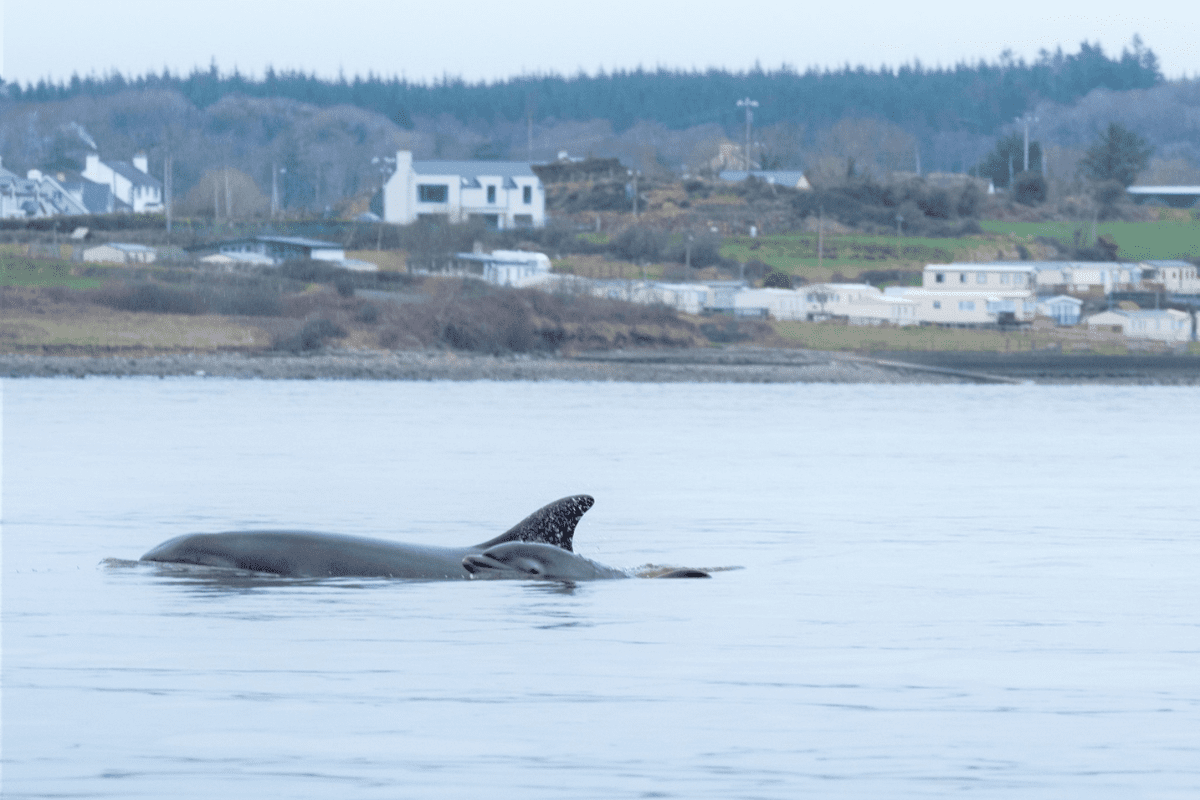
Last photo taken of Winter and Sandy Salmon at Aylevarroo Bay by Jonh Glynn
When the IWDG fieldwork season started in mid-April, the team spotted Sandy a few times in the estuary but not Winter. Calves this young will always stay close to their mother, we could only presume that winter did not make it. It is only because of Barry Keane and Jonh Glynn reports that we know Winter existed at all. Sandy had two more calves apart from Muddy and Winter; Comet in 2016 and most recently 912. Except for Winter, all of Sandy’s calves are doing well. The close bond within Sandy’s family remains strong, with Muddy and Comet, staying with their mother and their youngest sibling in the inner Shannon estuary. Moreover, this family keeps growing. In 2023, Muddy had her first known calf 932, marking a significant milestone for our project, as 932 represents the first 4th generation animal in our catalogue.
If you want to know more about Sandy’s family visit her profile here
Kevin Travels and Adventures
On April 22, 2021, the IWDG received reports of a single bottlenose dolphin in the River Boyne, on the east coast of Ireland. Shannon Dolphin Project Officer, Mags Daly, confirmed that this animal was our own Kevin Costner, thanks to the images received from Aidan Curran. We announced the match in our social media platforms and a few days later the UK SeaWatch Foundation, forwarded images to us of a bottlenose dolphin off Merseyside Coast, near Liverpool, England. This photos were taken a week before the River Boyne sighting. This sighting is the first known sighting of a Shannon dolphin outside of Irish waters. And again, we received images of Kevin from another sighting on the 9th May in the River Eden, Cumbria, England from Richard Clarke. We heard no more of Kevin until December 2022, when we received images from Fiona Cook, Vari, and the Cycle Cetacean Watch in Scotland. Who should it be but our beloved Kevin Costner!

Kevin photographed by Aidan Curran Photography in the River Boyne, Ireland

Kevin spotted in the River Clyde, Scotland, photo by Fiona Cook
All images of Kevin and his travels came from members of the public, showing the power of submitting your reports and images of dolphins to the IWDG and the importance of collaboration between the various bottlenose photo-id projects throughout the UK and Ireland.
If you want to know Kevin’s full story visit his profile here
Belle and Astral Moving to Galway
Belle and Astral, two females from a subgroup of the Shannon dolphin population known as the ‘Innies’, were last seen in the Shannon Estuary during the spring of 2022. We call them the ‘Innies’ as they are primarily seen in the inner Shannon Estuary. During the summer of 2022, we received a report of two bottlenose dolphins in Galway City. These dolphins were hanging out with Nimmo, a typically solitary male bottlenose dolphin from the offshore population. To our surprise, the images submitted by the public confirmed that those animals were two of our Shannon dolphins, Belle and Astral. This association is unusual as the Shannon Dolphins are genetically discrete. This means that they are not breeding with dolphins from the coastal or the offshore population, to which we now know Nimmo belongs.
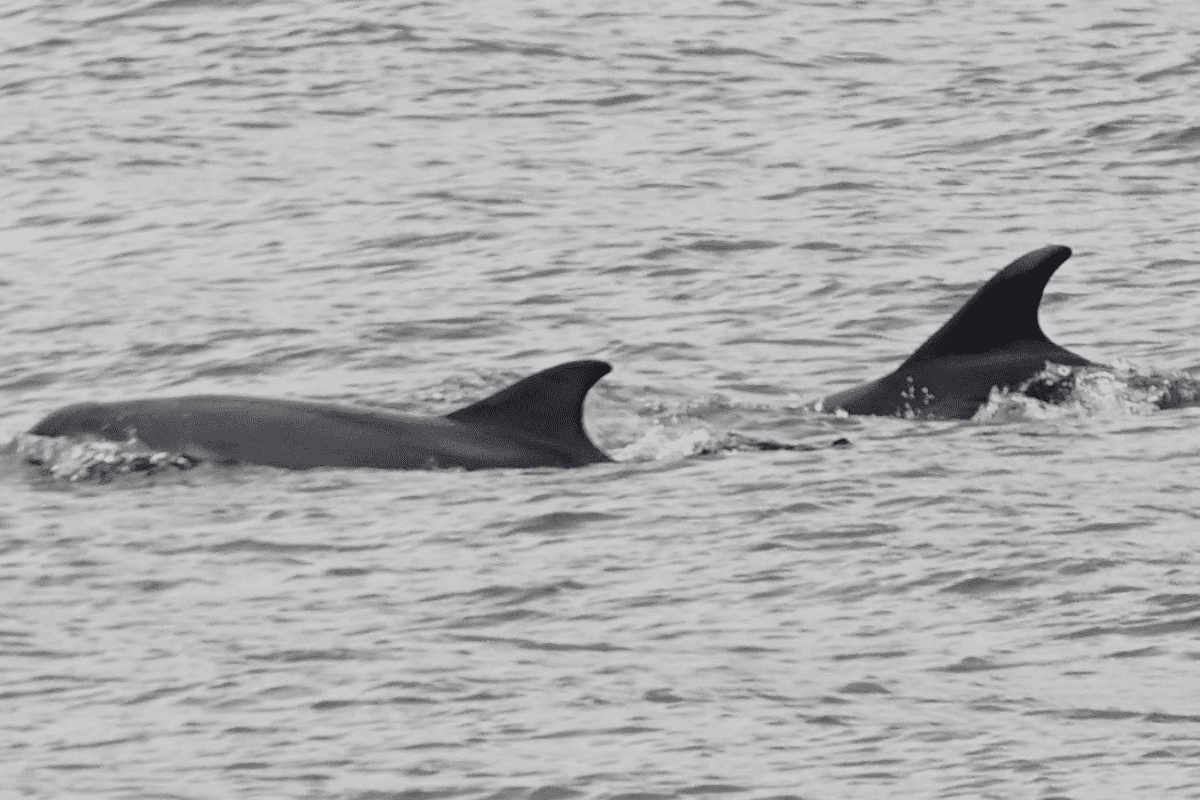
Belle and Nimmo in Galway
Belle is the third known calf of Sarafina, the matriarch of one of the most popular families of Shannon Dolphins, thus knowing that she is well and that she has just decided to leave the Shannon estuary is very important for the project. In September 2023, Belle and Astral reappeared in Galway with a 3rd, most likely Shannon dolphin. Unfortunately we have no images of the 3rd dolphin’s dorsal fin to confirm which Shannon dolphin this individual is. Identifying this third dolphin is critical to know if it is one of the animals we are missing this summer season. These sightings highlight again why your images and videos of bottlenose dolphins are so important to the project.

Belle and her mother Sarafina in the inner estuary when Belle was a young calf
If you want to know more about Sarafina and Belle’s family visit their profile here
